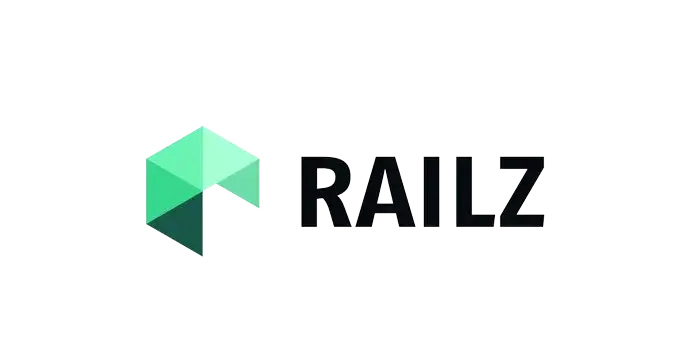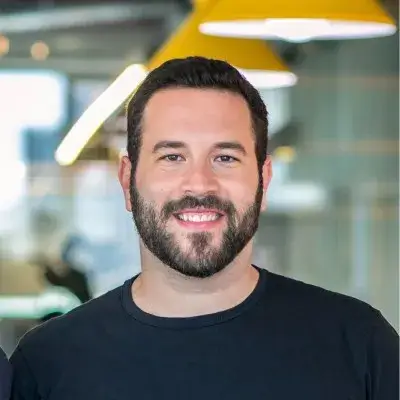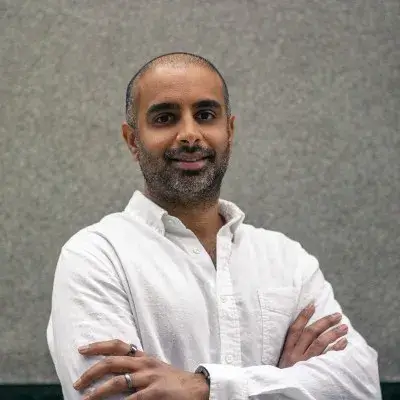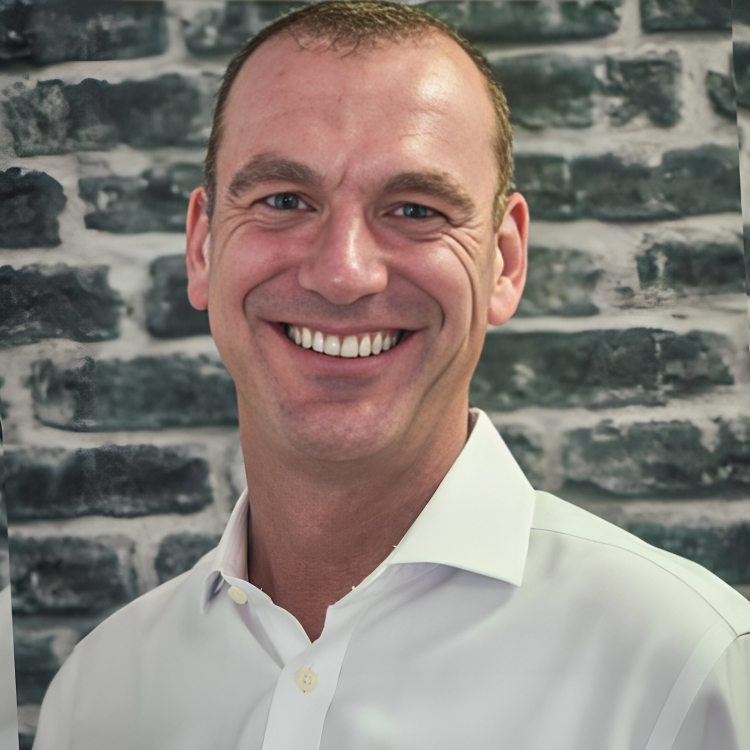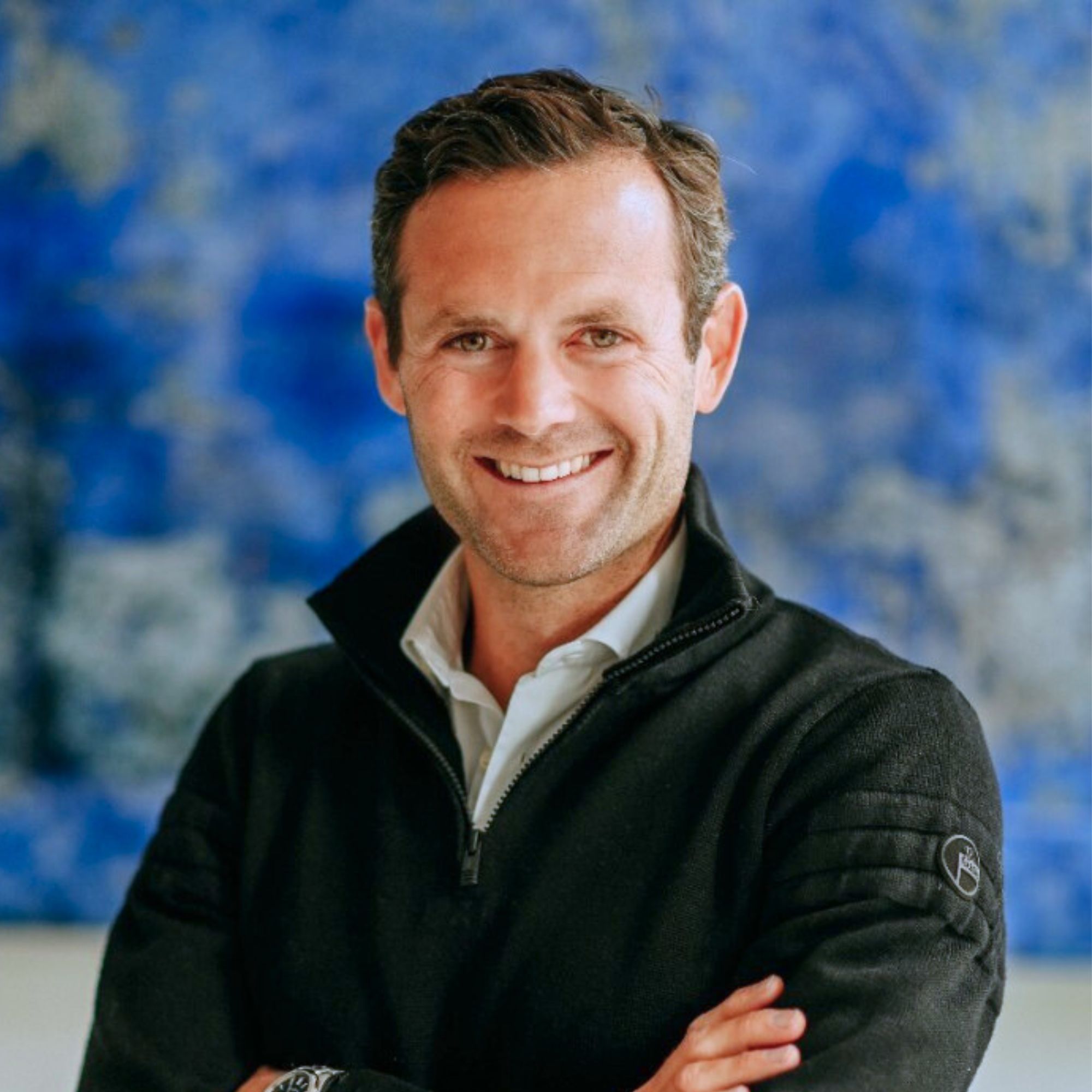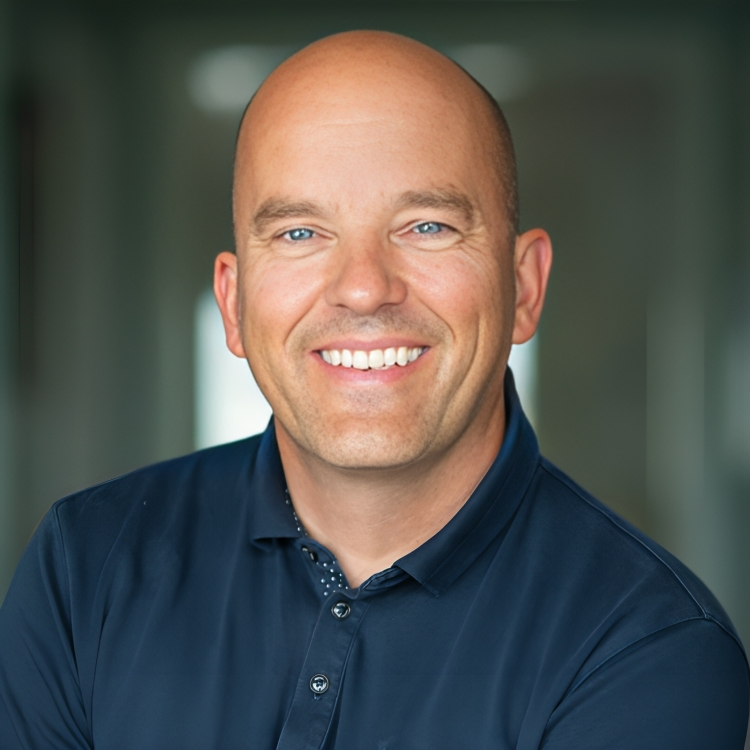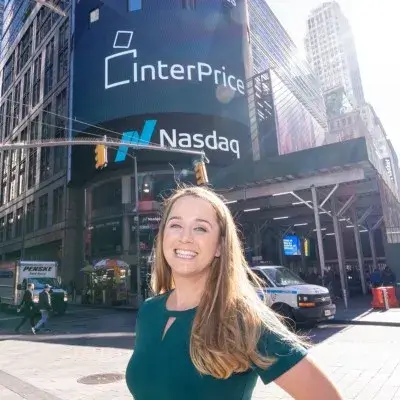Ready to launch your own podcast? Book a strategy call.
Frontlines.io | Where B2B Founders Talk GTM.
Strategic Communications Advisory For Visionary Founders
Conversation
Highlights
How Stratyfy Cracked the Code on Selling AI to Risk-Averse Financial Institutions
Growing a fintech startup in the risk-averse world of financial services is challenging enough. Try doing it with machine learning technology, where institutions are notoriously skeptical of “black box” solutions. In a recent episode of Category Visionaries, Laura Kornhauser shared how Stratyfy managed to overcome this resistance by taking an unconventional approach to both product development and sales.
Most AI companies lead with technological innovation. Stratyfy took a different path. “What really unlocked those initial opportunities for us was… the fact that we were able to deliver that technology in a way that was usable especially for our early customers,” Laura explains. This focus on usability over pure technological advancement proved crucial in an industry where decision-makers are naturally hesitant to adopt new solutions.
The journey wasn’t quick or easy. As Laura notes, “It wasn’t the first, 2nd or the third time that led to those especially first few customers. It was probably the fifth through 10th.” This persistence proved essential in financial services, where the stakes are high and trust is paramount.
What made Stratyfy’s approach unique was their recognition that machine learning alone wasn’t enough. As Laura explains, “Data alone is not going to give us all the answers. It gives us part of the answers. But there’s another piece that’s necessary to get to the full equation.” This insight led to developing technology that keeps “the human in the driver’s seat,” combining machine learning capabilities with human expertise.
The company’s product evolution reflects this philosophy. Starting with credit risk assessment, they noticed something interesting in how their customers used the platform. Laura shares, “We always saw fairness as a key performance indicator that should be evaluated right alongside expected financial performance or other fit data science metrics.” This observation led to their second product, Unbiased, which helps lenders proactively test for unfair bias in their lending decisions.
This expansion wasn’t random. It came directly from customer feedback and usage patterns. As Laura notes, “We got pulled into via customers and partners.” The same happened with their fraud detection product, where they discovered their transparent approach to machine learning was particularly valuable because “oftentimes fraud experts can spot emerging trends or emerging threats faster than you have enough data for a machine to find it on its own.”
What’s particularly interesting about Stratyfy’s go-to-market strategy is how they’ve managed to expand within organizations despite having different buyers for each product. Laura explains, “Oftentimes the buyers at an organization are different, actually, though they are highly related, but they operate in different groups within the organization.” They’ve turned this potential challenge into an advantage, using success with one product as a springboard to expand into others.
The results speak for themselves. Over the past year, Stratyfy has seen a “400% increase in number of customers,” according to Laura. But perhaps more telling is how they’ve achieved this growth. Rather than trying to convince skeptical buyers, they’ve focused on finding the right fit from the start. As Laura advises, “If in that initial 30 minutes meeting, you don’t feel the excitement from the investor and you aren’t equally excited about them… deprioritize.”
This approach extends to their team building as well. Laura emphasizes that their success in attracting top talent comes from three key elements: mission alignment, the opportunity to solve hard problems with innovative technology, and giving team members agency in defining their path within the organization.
Looking ahead, Stratyfy’s vision extends beyond just financial services. They’ve already successfully piloted their technology in healthcare and insurance, industries where, as Laura notes, “the decisions really matter. They really matter on people’s lives.” By maintaining their focus on transparent, human-centric AI solutions, they’re proving that it’s possible to innovate while keeping human expertise at the forefront of critical decisions.
For founders selling complex technology into risk-averse industries, Stratyfy’s journey offers valuable lessons about the importance of usability, persistence, and keeping humans in the loop. Sometimes the key to technological adoption isn’t just better technology—it’s better understanding of how humans want to use it.
Actionable
Takeaways
Leverage Personal Experiences for Inspiration:
Laura's story of being inspired to start Stratyfy after facing credit rejection emphasizes the power of personal experiences in identifying market gaps and opportunities. Founders should consider how their own experiences can highlight systemic issues or unmet needs, serving as a catalyst for innovative solutions.
Mission-Driven Approach Attracts Talent:
Aligning your company's mission with broader societal impacts, as Stratyfy does with financial inclusion, can be a significant factor in attracting and retaining top talent. Entrepreneurs should clearly articulate their mission and ensure it resonates with the team's values and aspirations.
Persistence in Customer Acquisition:
Stratyfy's early challenges in customer acquisition underscore the importance of persistence and creativity in sales, especially in conservative industries like finance. Founders should be prepared for a long engagement process, utilizing every opportunity to demonstrate value and maintain engagement without pushing for immediate conversion.
Iterative Product Development Based on Market Feedback:
Starting with a single product focused on credit risk assessment and expanding based on customer feedback and identified needs illustrates the importance of being responsive to market demands. Entrepreneurs should stay closely connected to their customer base to identify opportunities for product expansion or refinement.
Building a Supportive Founder Network:
Laura's openness to connecting with other founders for support and advice highlights the importance of a strong peer network. Entrepreneurs should actively seek out connections with peers for mutual support, sharing experiences, and navigating the challenges of startup life together.






